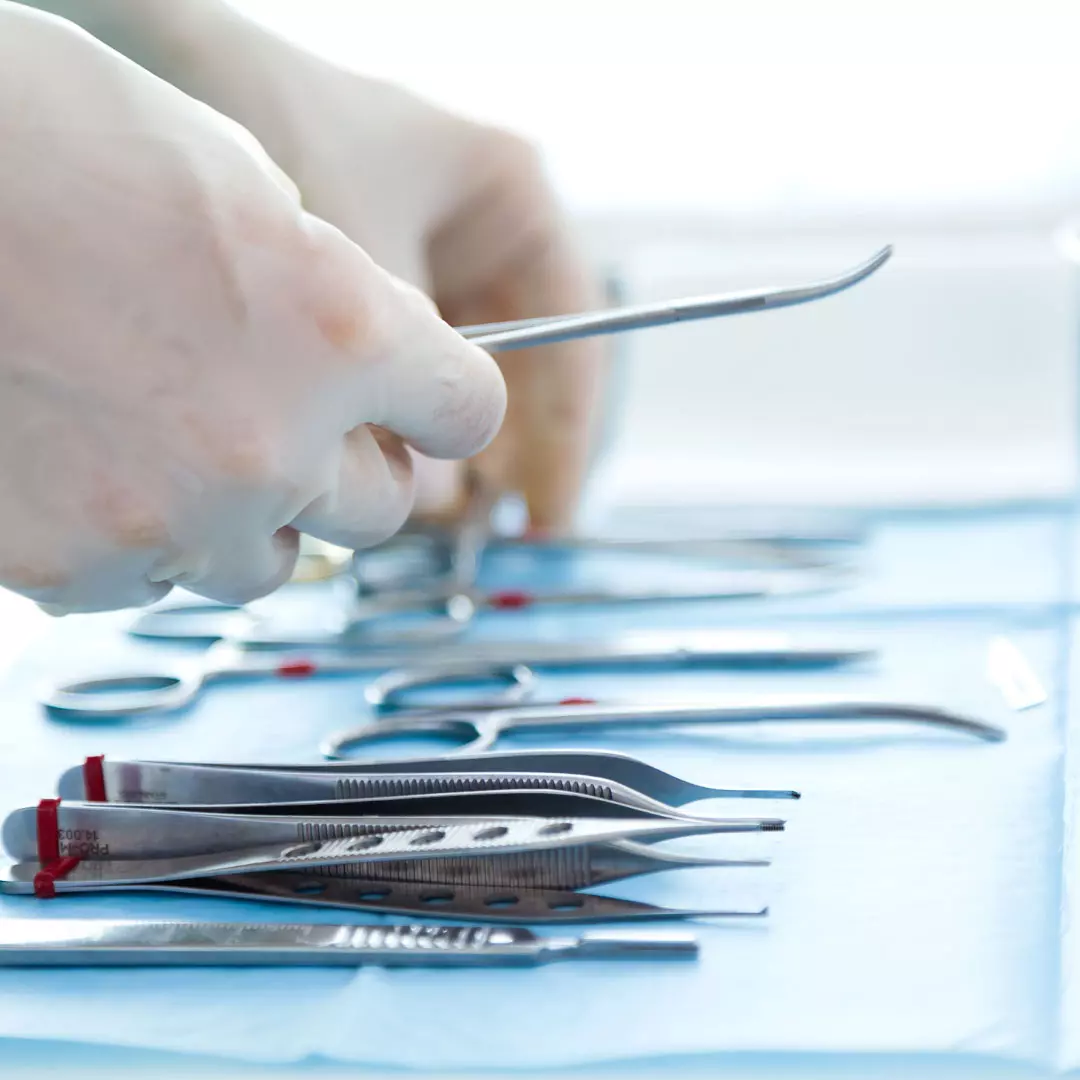Mohs Surgery

What MOHS Surgery?
Developed by Frederic E. Mohs, M.D. in the 1930s, Mohs Micrographic Surgery is a highly precise, effective method that excises not only visible skin cancer but also any “roots” that may have extended beneath the surface of the skin. The five-year cure rates have been demonstrated up to 99 percent for first-treatment cancers and 95 percent for recurrent cancers.
Why?
Mohs surgery is most commonly used for basal and squamous cell carcinomas, although it can be recommended for the eradication of other cancers such as melanoma. Cancers that are likely to recur or have already recurred are often treated using this technique because it is so thorough. High precision makes Mohs surgery ideal for the elimination of cancers in cosmetically and functionally critical areas.
How?
Mohs surgery involves the systematic removal and microscopic analysis of thin layers of tissue at the tumor site until cancer has been completely eliminated. The immediate and complete microscopic examination and evaluation of excised tissue are what differentiates Mohs surgery from other cancer removal procedures. The only cancerous tissue is removed, minimizing both post-operative wound size and complete removal of the cancer is confirmed microscopically reducing the chance of recurrence. In addition, the entire tumor is cleared and the site repaired in one session. Mohs physicians are highly trained to function as surgeons, pathologists, and reconstructive surgeons during the cancer removal process.


